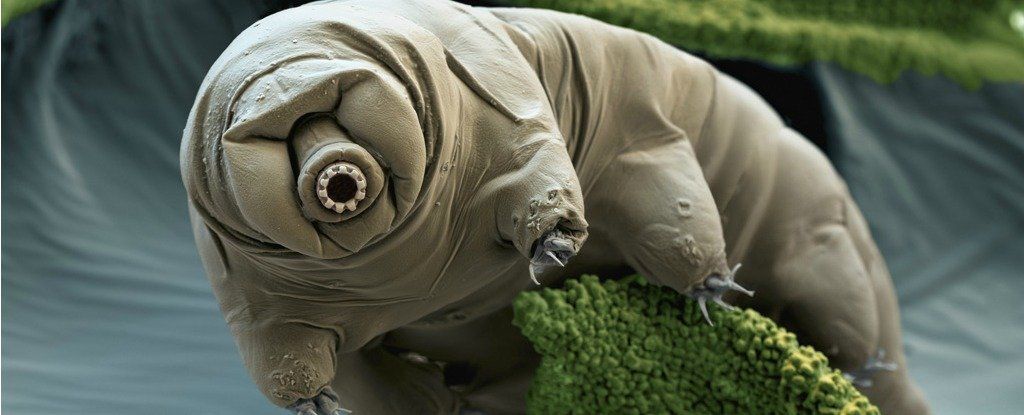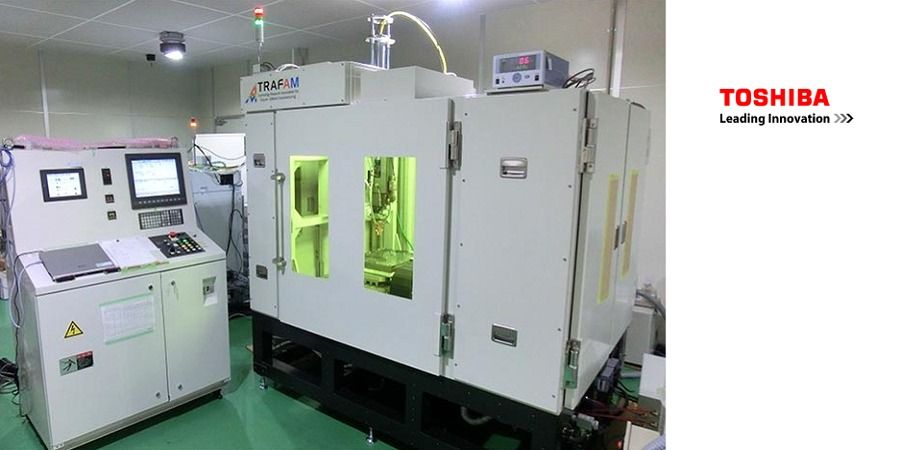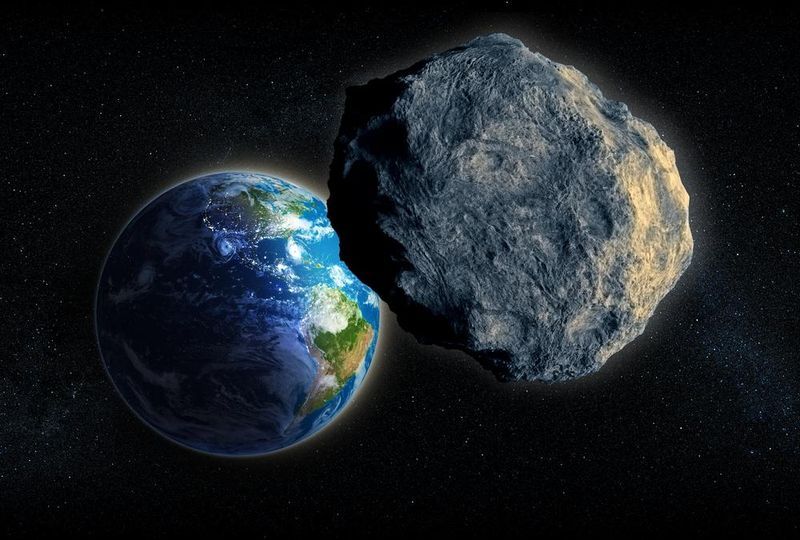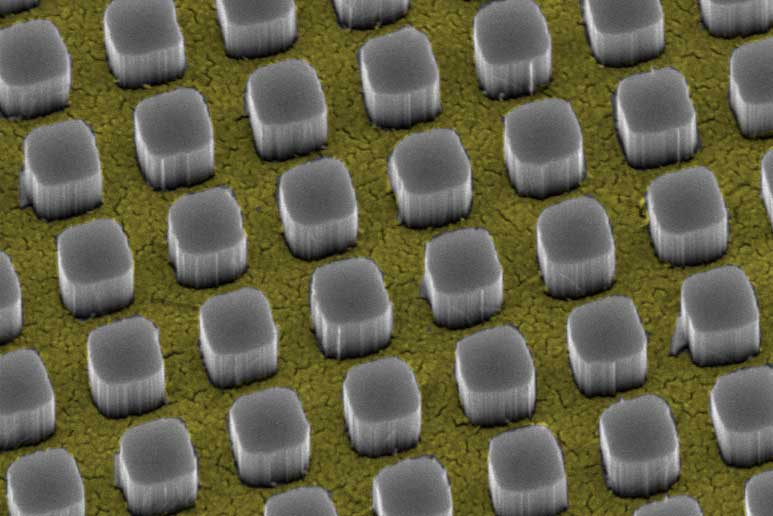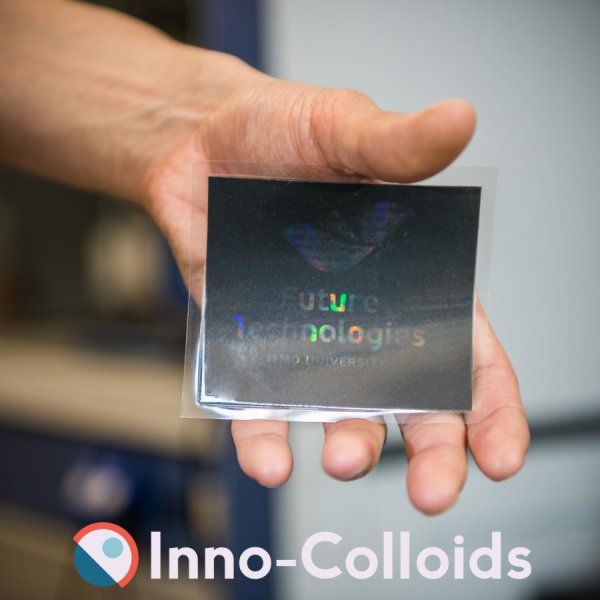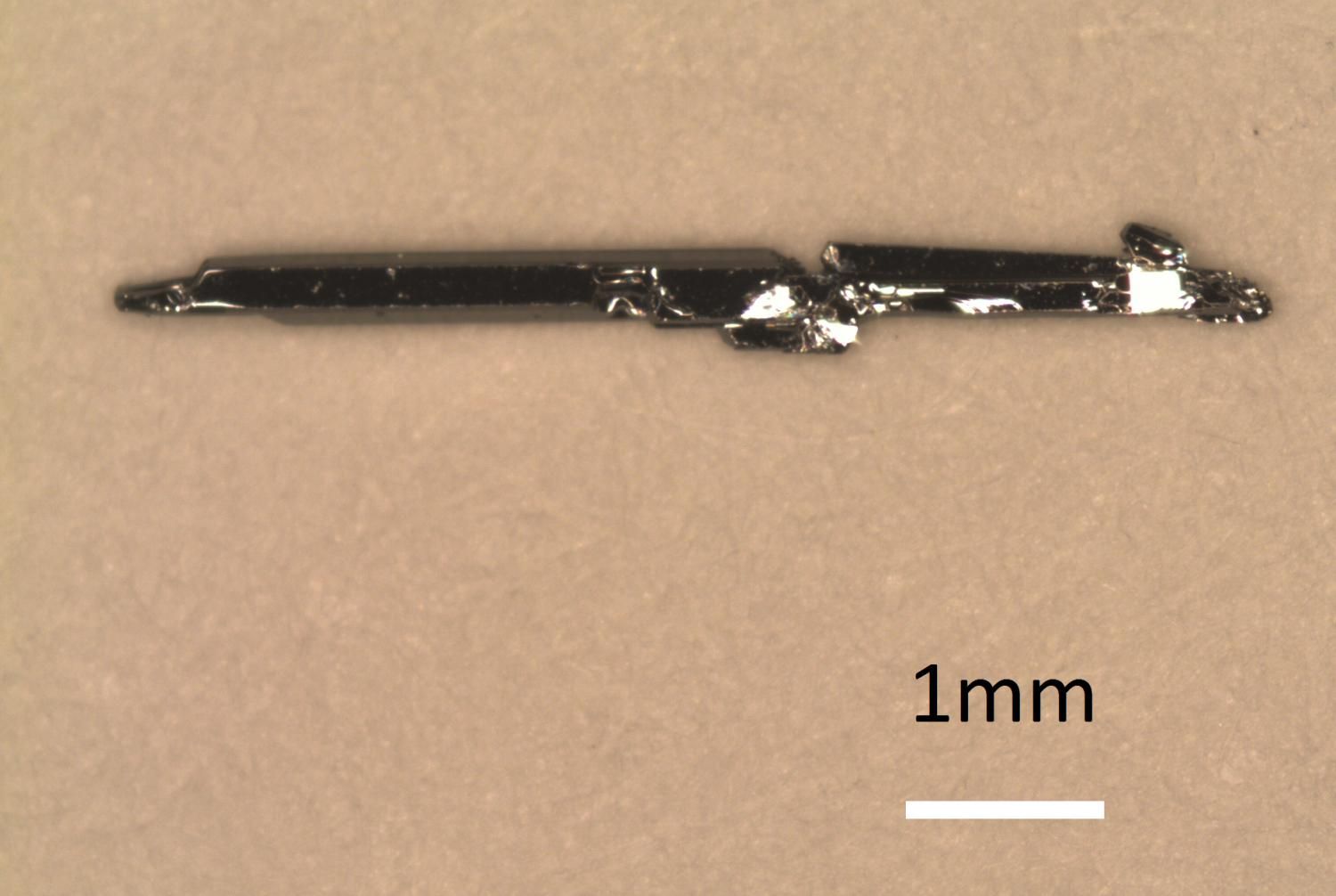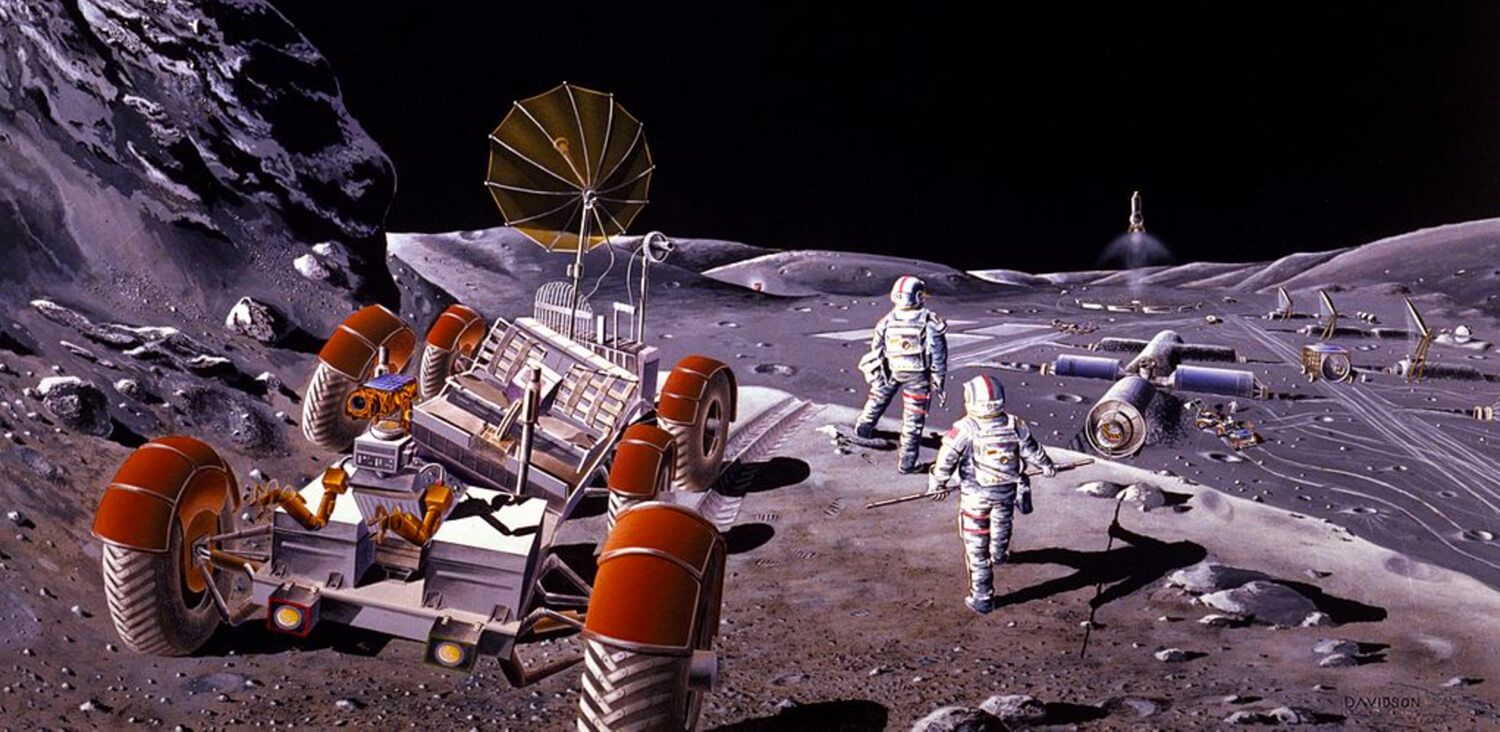
Redmond, Wash. – November 25, 2015 – Planetary Resources, the asteroid mining company, applauds President Obama who signed the U.S. Commercial Space Launch Competitiveness Act (H.R. 2262) into law. This law recognizes the right of U.S. citizens to own asteroid resources they obtain and encourages the commercial exploration and utilization of resources from asteroids.
“This is the single greatest recognition of property rights in history,” said Eric Anderson, Co-Founder and Co-Chairman, Planetary Resources, Inc. “This legislation establishes the same supportive framework that created the great economies of history, and will encourage the sustained development of space.”
Peter H. Diamandis, M.D., Co-Founder and Co-Chairman, Planetary Resources, Inc., said, “A hundred years from now, humanity will look at this period in time as the point in which we were able to establish a permanent foothold in space. In history, there has never been a more rapid rate progress than right now.”
Read more

